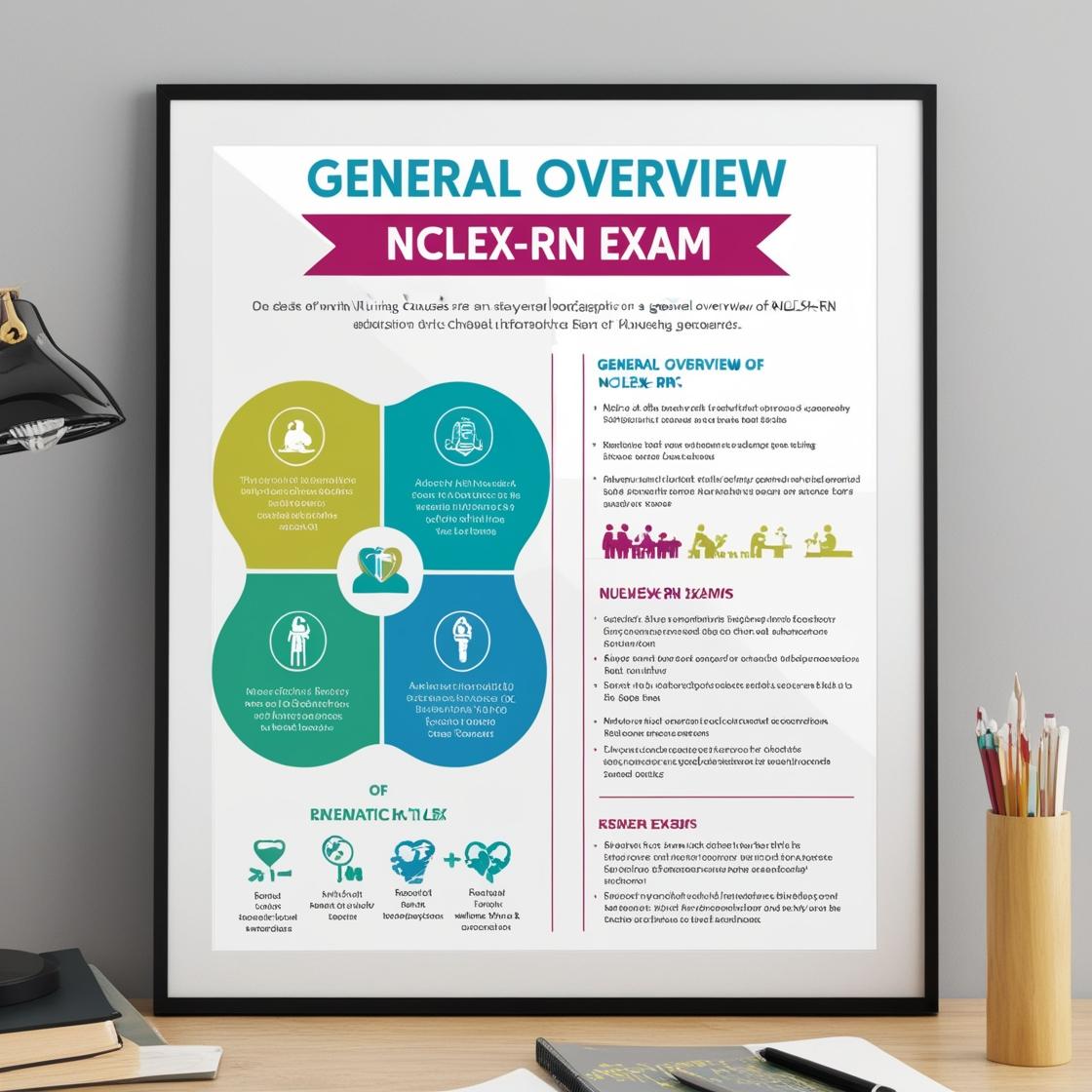NCLEX-RN
NCLEX Psychosocial Integrity Questions
1. A client who is in a late stage of pancreatic cancer intellectually understands the terminal nature of the illness. Which behaviors indicate the client is emotionally accepting the impending death?
- A. Revising the client's will and planning a visit to a friend
- B. Alternating between crying and talking openly about death
- C. Seeking second, third, and fourth medical opinions
- D. Refusing to follow treatments and stating they won't help anyway
Correct answer: A
Rationale: Revising the will and planning a visit to a friend are indicative of emotional acceptance of impending death as they demonstrate realistic, productive, and constructive ways of using the remaining time. Alternating between crying and talking openly about death may suggest depression rather than acceptance. Seeking multiple medical opinions shows disbelief, denial, or desperation rather than acceptance. Refusing treatments and stating they won't help reflects anger and hopelessness, not acceptance.
2. After giving birth to her third child, a client tearfully says to the nurse, 'How much more can I give of myself?' Which principle would the nurse consider in the care of any new mother?
- A. It is easier to adjust to the first child than to later ones.
- B. Feeling anger and resentment toward a child is pathological.
- C. Some parents experience feelings of being overwhelmed by multiple children.
- D. Parents usually have inborn feelings of love and acceptance of their children.
Correct answer: C
Rationale: A parent's feeling of being overwhelmed by multiple children is a normal response. It is vital to help parents realize this as a means of easing feelings of guilt and shame. The first child causes the greatest amount of adjustment in one's life. It is common for parents to feel anger and resentment toward their children at times due to the challenges of parenting. Stating that parents usually have inborn feelings of love and acceptance of their children is a false generalization and may not hold true for everyone. Therefore, the most appropriate principle for the nurse to consider in this situation is that some parents may experience feelings of being overwhelmed by multiple children.
3. The client has a new colostomy. Which client outcome is most important for achievement of long-range goals associated with adjusting to a new colostomy?
- A. Mastery of colostomy care techniques
- B. Readiness to accept an altered body function
- C. Awareness of community resources available
- D. Understanding necessary dietary modifications
Correct answer: B
Rationale: The most crucial client outcome for successful adjustment to a new colostomy is the readiness to accept an altered body function. Acceptance of changes in body image and function is essential to facilitate mastery of colostomy care techniques and optimal utilization of community resources. Without readiness to accept the altered body function, the client may not be open to learning and adopting necessary changes, hindering the achievement of long-term goals. Understanding dietary modifications, while important, is secondary to the fundamental acceptance of the altered body function in the process of adjusting to a new colostomy.
4. During the first meeting of a therapy group, members exhibit frequent periods of silence, tense laughter, and nervous movements. Which conclusion would the nurse make?
- A. The group requires an active leader who will intervene to relieve signs of obvious stress.
- B. The group process is unhealthy and there is unwillingness to openly relate.
- C. The members are displaying expected behaviors because relationships are not yet established.
- D. The behaviors should be immediately addressed so members will not become too uncomfortable.
Correct answer: C
Rationale: During the initial stages of a therapy group, it is common for members to exhibit behaviors such as silence, tense laughter, and nervous movements. These behaviors indicate anxiety and insecurity due to the lack of established relationships and trust among the group members. This is a normal part of group development, and it does not necessarily mean that the group process is unhealthy. Intervening or addressing these behaviors immediately is not required as they are expected in the early stages of group interaction. As the group progresses and relationships are built, these behaviors are likely to diminish naturally without the need for active leader intervention. Therefore, the correct conclusion is that the members are displaying expected behaviors because relationships are not yet established. Choices A, B, and D are incorrect because active leader intervention is not necessary, the group process is not unhealthy, and addressing the behaviors immediately is not required as they are part of the early group dynamics and are expected to subside as relationships develop.
5. Before discharging an anxious client, which information about anxiety would the nurse teach the family?
- A. Anxiety is a totally unique feeling and experience.
- B. Apprehension is generalized to the total environment.
- C. Fears result from conscious actions, thoughts, and wishes.
- D. Anxiety is a pattern of emotional and behavioral responses to stress.
Correct answer: D
Rationale: Anxiety is a human response consisting of both physical and emotional changes that everyone experiences when faced with stressful situations. It is a pattern of emotional and behavioral responses to stress. Anxiety is a common experience for many individuals. Apprehension is usually related to a specific aspect of the environment rather than the total environment. Fears are not intentionally or consciously generated.
Similar Questions

Access More Features
NCLEX RN Basic
$69.99/ 30 days
- 5,000 Questions with answers
- Comprehensive NCLEX coverage
- 30 days access @ $69.99
NCLEX RN Premium
$149.99/ 90 days
- 5,000 Questions with answers
- Comprehensive NCLEX coverage
- 30 days access @ $149.99
